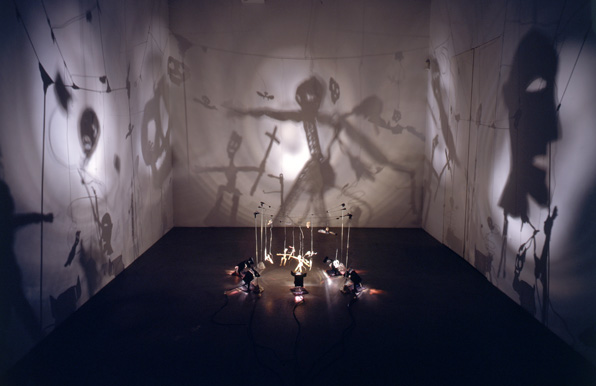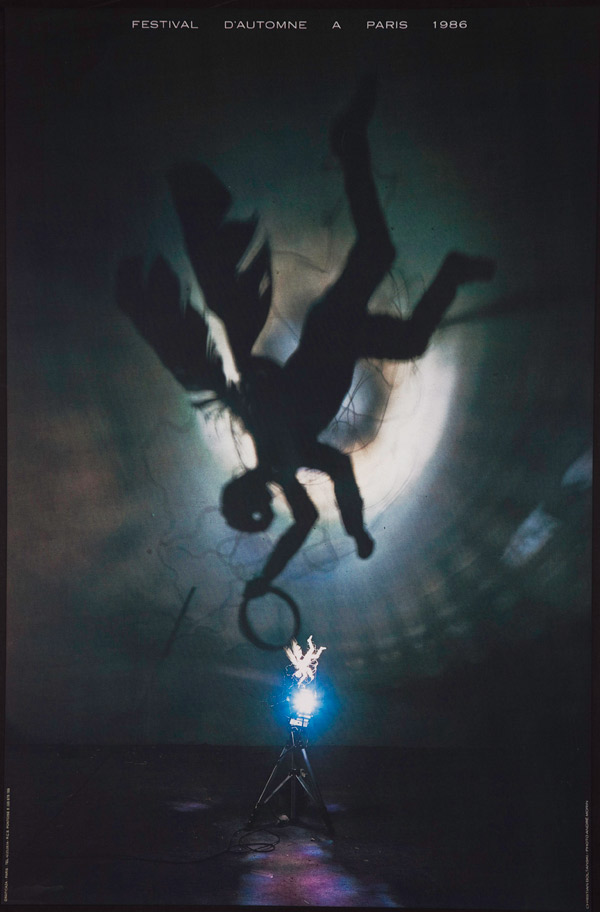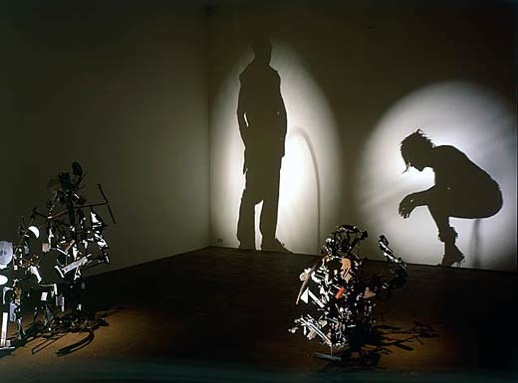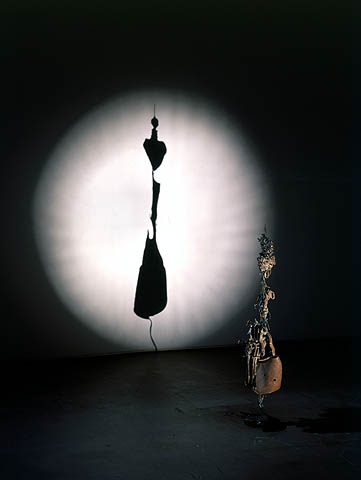

Anish Kapoor: The Origin of the World (2004)
The whole exhibition space is the work, with a gigantic void in a slope that rises up from the floor. The void appears endless, broadening into its depth, and seems to encroach upon the observer, controverting conventional concepts of space.
Anish Kapoor, Indian-born British sculptor known for his use of abstract, biomorphic forms and his penchant for rich colours and polished surfaces. He is also the first living artist to have been given a solo show at the Royal Academy of Art in London.
Kapoor was born in India to parents of Punjabi and Iraqi-Jewish heritage. He moved to London to study at the Hornsey College of Art (1973–77) and the Chelsea School of Art (1977–78). A return visit to India in 1979 sparked new perspectives on the land of his birth. These were reflected through his use of saturated pigments and striking architectural forms in bodies of work such as 1000 Names. Created between 1979 and 1980, this series consisted of arrangements of abstract geometric forms coated with loose powdered pigments that spilled beyond the object itself and onto the floor or wall.
During the 1980s and ’90s Kapoor was increasingly recognized for his biomorphic sculptures and installations, made with materials as varied as stone, aluminum, and resin, that appeared to challenge gravity, depth, and perception. In 1990 he represented Great Britain at the Venice Biennale with his installationVoid Field, a grid of rough sandstone blocks, each with a mysterious black hole penetrating its top surface. The following year he was honoured with the Turner Prize, a prestigious award for contemporary art. Kapoor continued to explore the idea of the void during the remainder of the decade, creating series of works that incorporated constructions that receded into walls, disappeared into floors, or dramatically changed depth with a simple change in perspective.
In the early 21st century Kapoor’s interest in addressing site and architecture led him to create projects that were increasingly ambitious in scale and construction. For his 2002 installation Marsyasat the Tate Modern gallery in London, Kapoor created a trumpetlike form by erecting three massive steel rings joined by a 550-foot (155-metre) span of fleshy red plastic membrane that stretched the length of the museum’s Turbine Hall. In 2004 Kapoor unveiled Cloud Gate in Chicago’s Millennium Park; the 110-ton elliptical archway of highly polished stainless steel —nicknamed “The Bean”—was his first permanent site-specific installation in the USA. For just over a month in 2006, Kapoor’s Sky Mirror, a concave stainless-steel mirror 35 feet (11 metres) in diameter, was installed in New York. Both Cloud Gate and Sky Mirror reflected and transformed their surroundingd and demonstrated Kapoor's ongoing investigation of material, form and space.

![Artist Anish Kapoor’s 110-ton sculpture Cloud Gate.
[Credit: © Index Open] Artist Anish Kapoor’s 110-ton sculpture Cloud Gate.
[Credit: © Index Open]](http://media-3.web.britannica.com/eb-media/61/100661-003-880502CA.gif)













